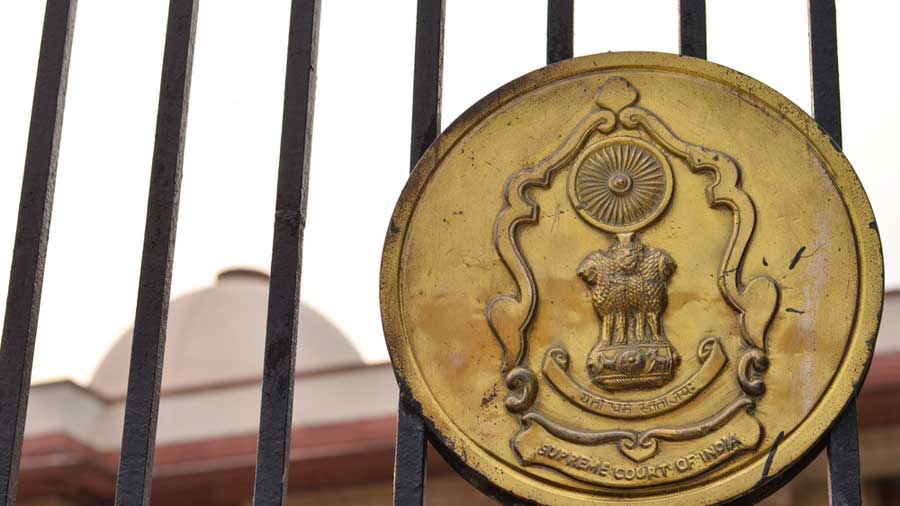The Supreme Court has been criticized for its failure to act as the guardian of the Constitution. Issues ranging from demonetization to Kashmir and the indiscriminate arrest and detention of intellectuals and activists met with an inert Supreme Court. The court often deferred the adjudication or relegated it to others. On some other occasions, it abruptly declined to entertain significant pleas having political and economic ramifications. On issues like the desirability of the Central Vista project and the accountability attached to the PM-Cares fund, it refused to pass any interdicting orders. Writ petitions challenging the dilution of labour laws were abruptly dismissed.
The aim of this article is not to repeat the criticism against the Supreme Court. I want to ask: what is the reason for such conduct of the court during a critical time? What are the ways to overcome this “pathological period”, to borrow the phrase of Professor Vincent Blasi?
In a meticulous study, David Landau and Rosalind Dixon say “it is not uncommon for judges to issue decisions that intentionally attack the core of electoral democracy.” They make a global survey of constitutional courts giving unconstitutional directives to explain how “previously independent courts can quite quickly and effectively become the enemies, rather than allies, of democracy.” The essay would also help us understand how governments of the day use the court to resolve serious political issues.
India is not unfamiliar with a ‘committed judiciary’, as it was labelled during the Emergency. But now, there is no formal proclamation of Emergency under Article 352 of the Constitution. Yet, thousands get arrested and detained in prison on the basis of ostensibly untenable allegations. We live in a democracy of dangerous and deceptive illusions. You feel like living under a Constitution, whereas your sense of security ends the moment the government identifies you as an embarrassment to it.
An opaque system for selection of judges is at the root of the problem. After the Collegium system evolved for the appointment of judges, the process was no longer democratic. By the end of 1998, the top court evolved a revised practice of Memorandum of Procedure in the appointment process, which enabled the executive to have a powerful say in the selection process. The invisible link of dependence, obedience and obligations can create newer threats to the functional autonomy of the judiciary. The existing space for post-retirement rehabilitations also poses a great challenge to judicial independence.
B.R. Ambedkar famously said “democracy is only a top-dressing on an Indian soil, which is essentially undemocratic.” The class character of the judiciary was a point raised by the veteran communist leader, E.M.S. Namboodiripad. The legal profession is extremely hierarchical. Star value is attributed to a few lawyers based on the money they earn or the proximity that they have to power. A Reuters study that explained how a small number of elitist lawyers dominated the US Supreme Court is a lesson for India.
Law is not an inscription in the abstract. The Supreme Court is essentially a political institution, a centre of power. The judges selected, not elected, are supposed to take up a counter-majoritarian role. But left with no purse or sword, “the least dangerous” branch of democracy, as Alexander Hamilton famously put it, maintains a fundamental, yet covert, dependence on the executive and the legislature. The degree of independence varies with the variations in the political equations. ADM Jabalpur (1976) illustrated this dependence on the authoritative regime under the then Prime Minister Indira Gandhi. During weak coalitions at the Centre, we found a strong Supreme Court acting against corruption, environmental devastation and State excesses. But an overreaching executive with majoritarian impulses can try and maintain a weaker judiciary.
This dependence need not be strictly formal. In the Bijoe Emmanuel case (1986), the top court held that Jehovah’s Witnesses cannot be compelled to sing the national anthem for that could infringe their religious freedom. During 2016-2018, the court, on its own, issued directives compelling the whole nation to stand up for the national anthem when played in cinema theatres. This reflects the populist ideas of nationalism overplaying the court’s perceptions.
Today, the Centre dominates the affairs of the nation in a way that is different from the majoritarianism of yesteryear. The high courts, because of the federalist character of the polity, are relatively less proximate to the powerful apparatus of a centrist State. But one notices that the Supreme Court exercises immense authority on political issues. Almost every significant legal battle in the realm of politics is ultimately adjudicated by it. Also administrative issues, ranging from the transfer of high court judges and enquiry against them, are decided by the Supreme Court. This cuts the roots of judicial federalism.
Granville Austin had said that “[e]quipped with the basic qualifications, attitudes, and experience for creating and working a democratic constitution, Indians did not default their tryst with destiny.” In 2020, we notice that as people, we have defaulted in our tryst with destiny; the top court is just a reflection of that. We are governed by a regime that allegedly does not believe in the ideology of the Constitution. When we fail in politics, we fail in law.
The author is a Supreme Court lawyer












